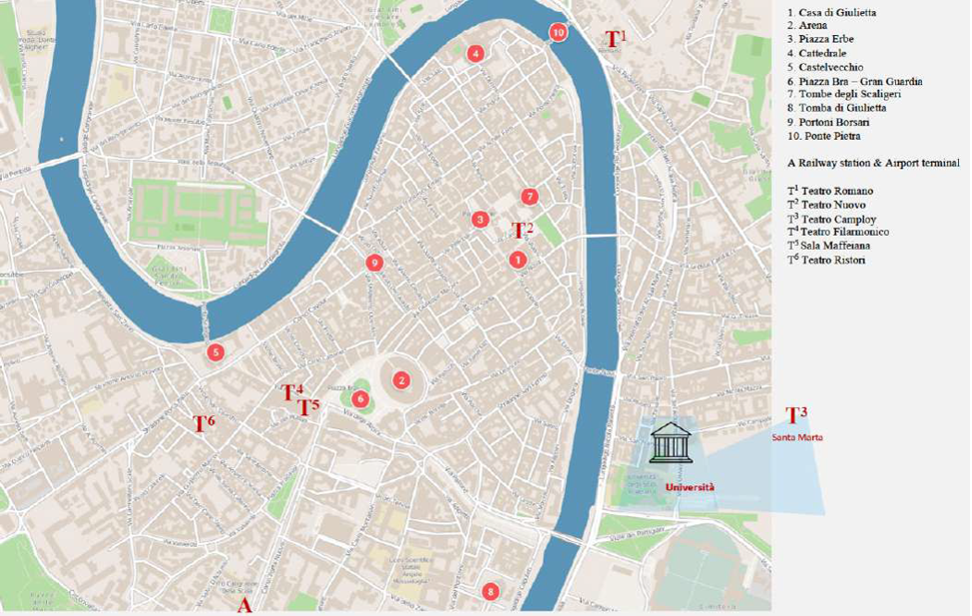VERONA
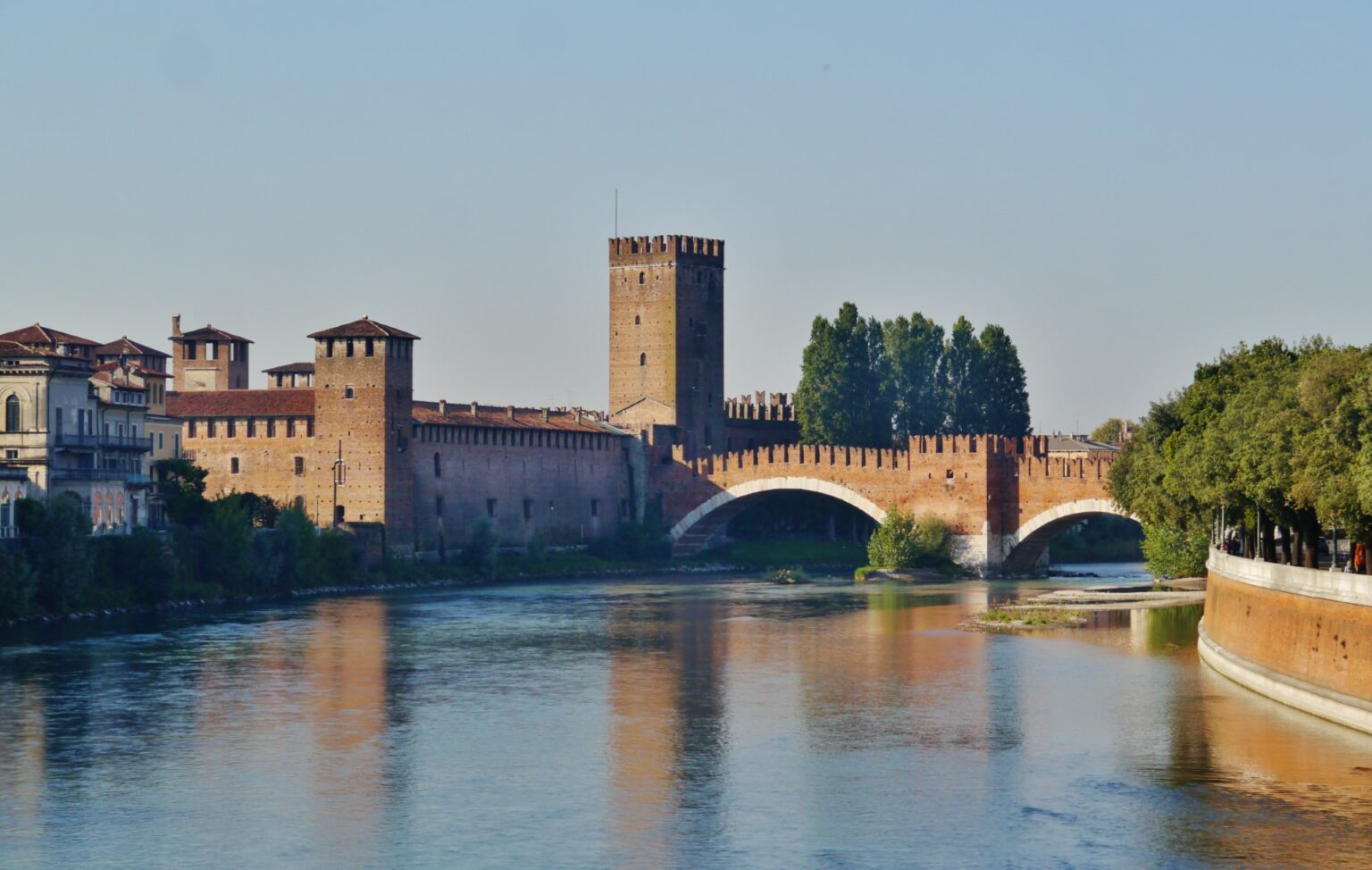
Known and praised in England during the sixteenth century for its Arena (John Eliot, 1593) and its “pleasant and high” towers (Arthur Kelton, 1546), as well as for its architectural beauty and noble culture (Thomas Coryat, 1611), for its academies, intellectual circles and gentlewomen (Anthony Munday, 1580), but also for being the birthplace of the most famous Latin love poet, Catullus, Verona is the home of all myths of romantic love, contrasting passions, and amorous sacrifice in the global imaginary. Not coincidentally, since 1948 it has hosted an annual Shakespearean Festival which was inaugurated with a production of Romeo and Juliet directed by Renato Simoni and Giorgio Strehler.
Since 2021, the city has also hosted the Verona Shakespeare Fringe organised by the Skenè Research Centre in collaboration with the Municipality.
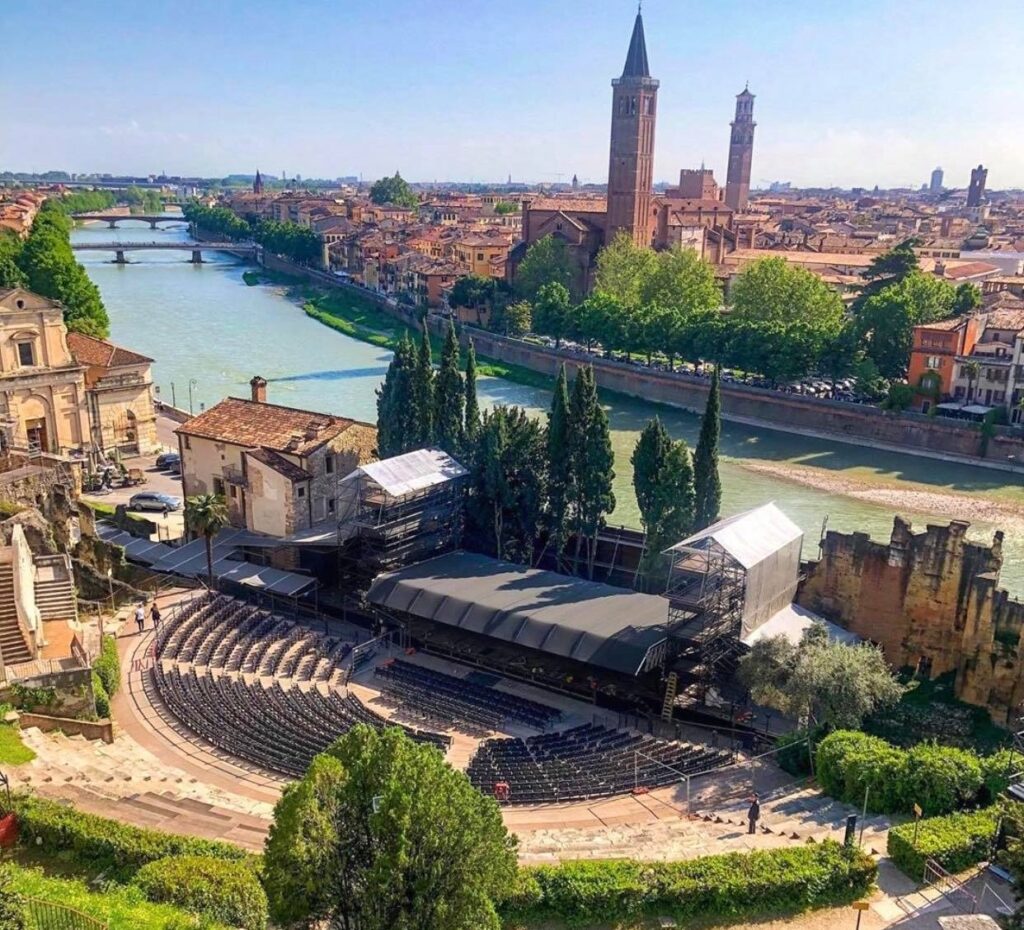
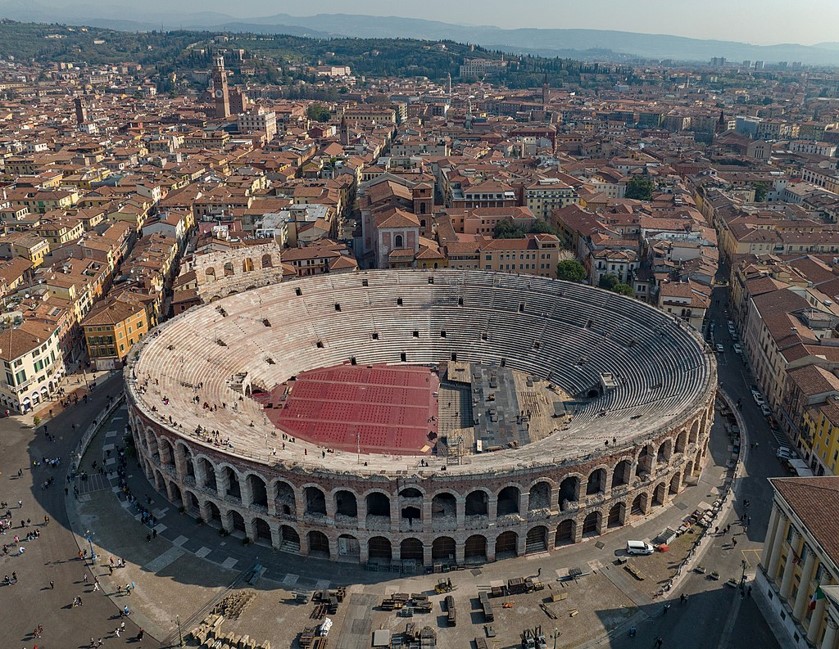
Ever since its official foundation in 1913, the Arena di Verona Festival has been at the centre of global interest. The Arena, a Roman amphitheatre built in the first century CE, is located at the centre of Verona and is the largest opera house in the world, accommodating up to 20,000 spectators.
The opera festival takes place every summer, and, in addition, the Arena proudly hosts ballet performances, rock and pop music concerts, theatre performances, and sports events (for example, in 2026 it will be the venue of the closing ceremony of the Winter Olympics). Since 1936, it has been organised under the auspices of an official body, called the Ente Autonomo Spettacoli Lirici Arena di Verona which in 1996 and 1998 turned into a private foundation, the Arena di Verona Foundation.
The Arena is where Maria Callas debuted and where the most distinguished singers and directors have brought wonder to the world. Stars of the opera world who have graced the Arena include Luciano Pavarotti, Montserrat Caballé, Plácido Domingo, and Anna Netrebko, while famous dancers such as Rudolf Nureyev and Carla Fracci have performed there. Memorable productions range from Tullio Serafin’s La Gioconda (1947) to Daniel Oren’s Aida (2013), from Riccardo Zandonai’s Giulietta e Romeo (1939) to Franco Zeffirelli’s La Traviata (2019).
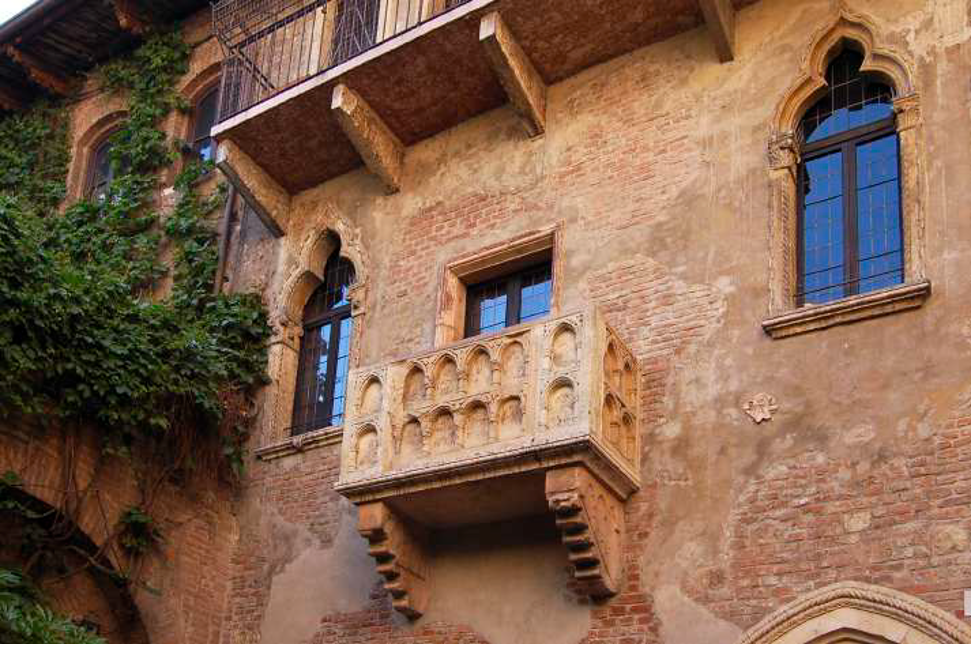
Verona believes in Shakespeare and considers itself as the second home of Shakespeare after Stratford-upon-Avon, tracing in its palaces and streets the memories, fictions and emotions couched in the story of Romeo and Juliet. At the beginning of the last century, the Municipality reconstructed Casa “Cappello”, in the heart of the city, as the home of the Capulets. The distinguished monuments of the Roman city, like the sacred and profane medieval and Renaissance architecture, all form part of tourist routes that have redrawn the map of Verona, and have their stronghold in “Juliet’s House”, as well as in “her tomb” in San Francesco al Corso.
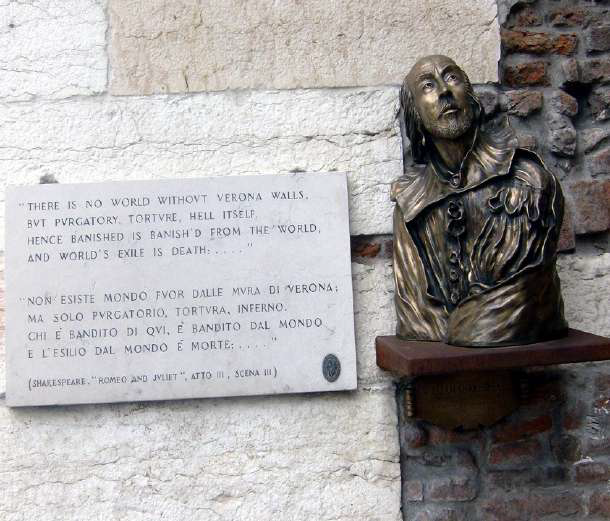
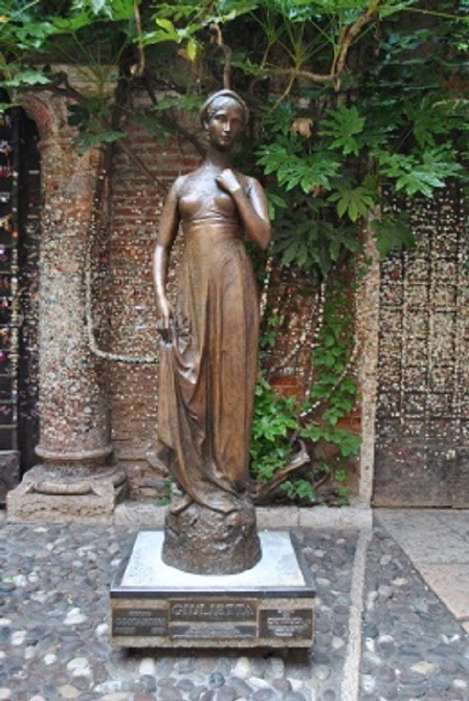
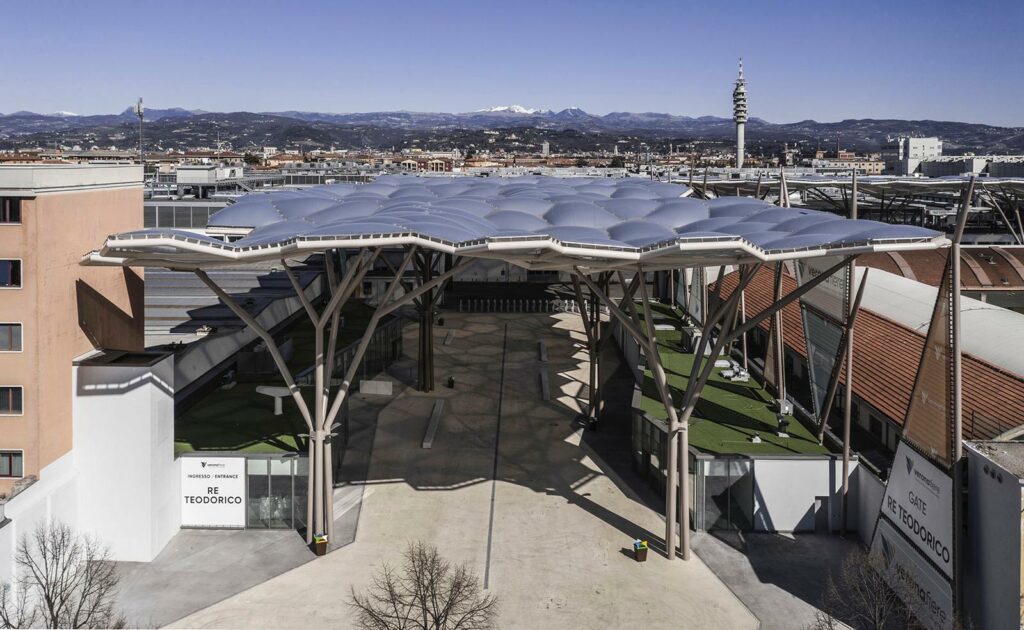
Besides this, while aware of its rich cultural traditions, Verona has also learned to meet the challenge of modernity. A pole of primary importance in Europe in various manufacturing and technological sectors and in the agro-industrial sector, because of its unique position at the crossroads of two vital north-south (Berlin – Rome) and west-east (Lyon- Zagreb – Vienna) routes, it has become a leading commercial hub: a true driving force of economic initiatives in continental Europe and an increasingly vibrant and innovative cultural and economic focal point.
